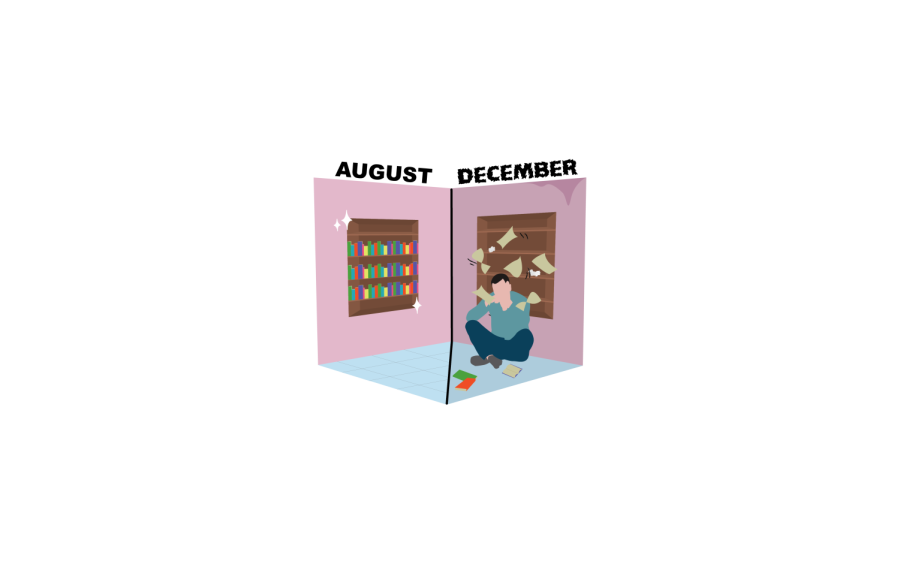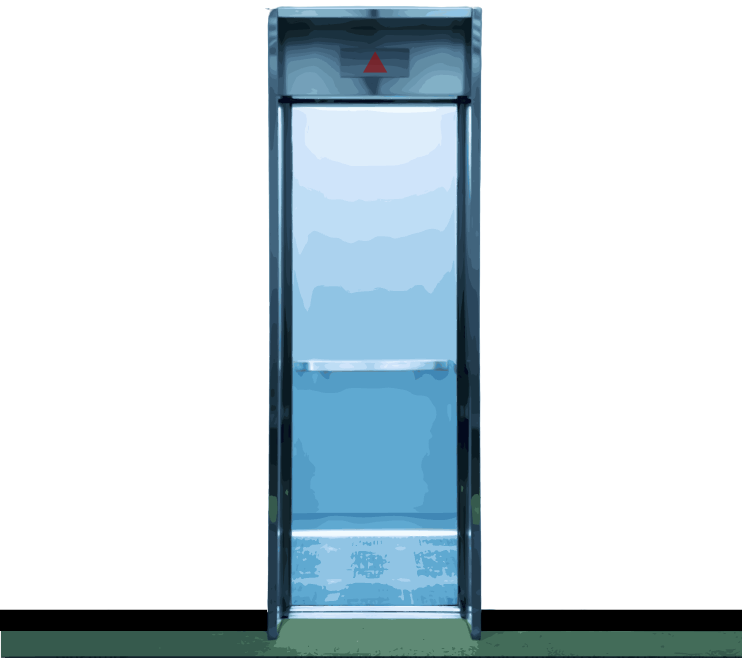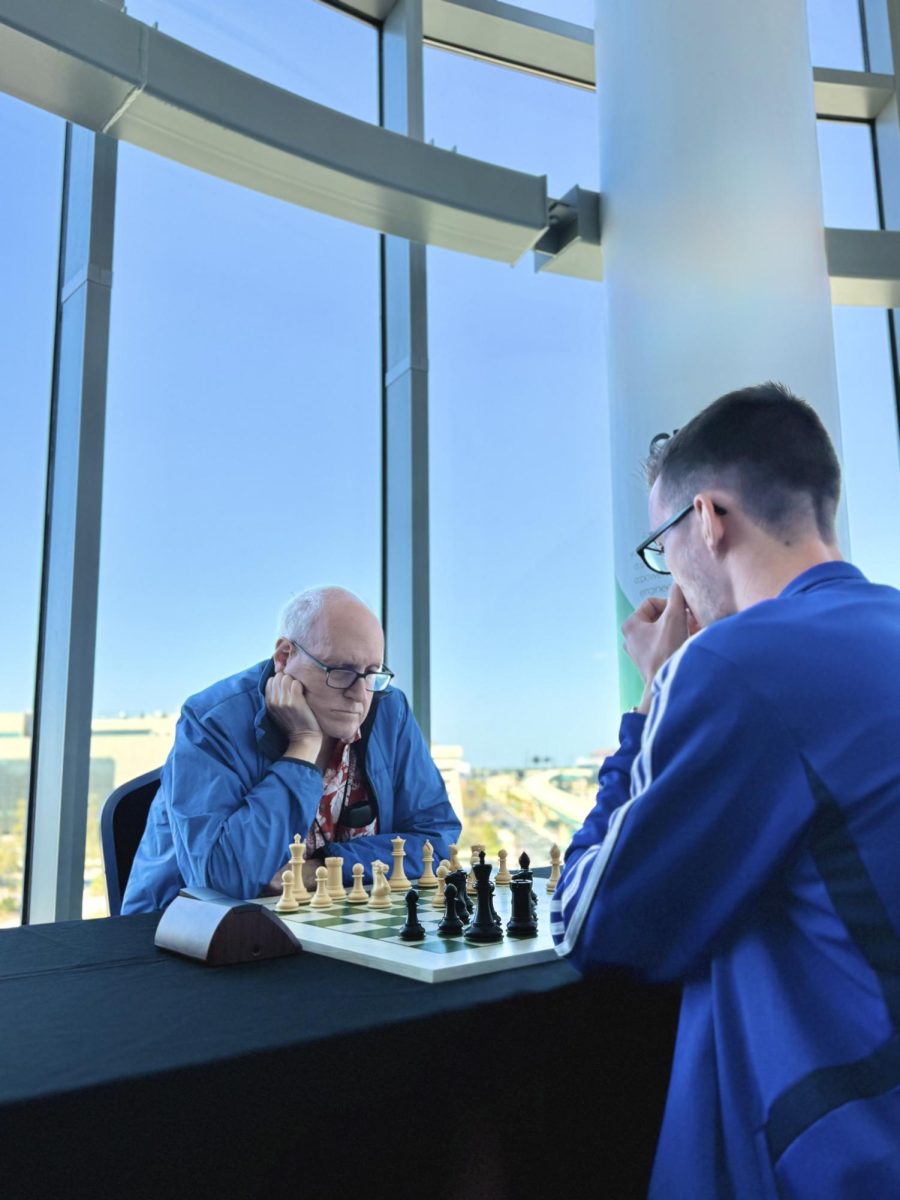A typical school day for junior Sofia Malik involves taking multiple AP, honors, and regular classes. After school, she trudges through the seemingly insurmountable amount of homework and begins to feel burned out and unmotivated to keep up with all her classes.
“[Burnout] happens pretty much every year, especially at Trinity since everyone really seeks that academic validation,” Malik said.
However, Malik’s story is not unique to Trinity as this is a reality for students across the United States.
According to news outlet The Optimist, 71 percent of college students in April 2021 suffered from burnout. Being burned out is described as a state of mental exhaustion in which students are unable to maintain school without the chance to relax. Although it’s very common in college to feel burned out, it is also something that can start in middle and high school.
“When you start to notice a change in habits, or you start to notice that they don’t have the same energy level or maybe the same interest in doing activities that they used to,” Smith said. “That’s when you want to kind of investigate and see what’s going on.”
Students become overextended when they don’t have enough time for themselves, meaning there isn’t time for the simple things, such as having a family dinner or reading a book, this can happen due to always thinking about what needs to be done.
The causes for burnout often lie in procrastination, when students delay or postpone assignments. Students go through procrastinating their work and end up causing themselves to feel unmotivated and burned out.
“Sometimes we forget that taking care of ourselves is critical,” Smith said.
Students can identify whether they’re not doing something that they should be such as: overextending, lack of self-care or bad time management.
“The next step would be talking to someone that you trust, who can help them figure out some options that might be a better fit,” Smith said.
As students progress through high school, burnout often manifests itself as senioritis in which students skip school due to a lack of motivation. According to a recent study by a news outlet Omniscient, 78 percent of all high school seniors experience senioritis nationally. While the symptoms of senioritis and burnout are similar, burnout can happen at any age while senioritis is unique to students at the end of their high school careers.
The difference between senioritis and burnout is senioritis is something that seniors go through at the end of their high school year while burnout is something that can happen any year at any age, Smith said.
According to an NYU study, senioritis can cause immediate harm and influence a student’s future including causing a decline in grades, not getting enough sleep, and hurting mental or physical health.
Whether it’s senioritis or general burnout, there are various ways to stay consistent throughout the entire school year.
Malik uses a to-do list; this motivates her to complete everything off the list and get everything done. She also sets up goals for herself in order to fulfill the things that need to be done.
Eighth grader Campbell Alch uses the same method in order to stay productive.
“I definitely try to make to-do lists to stay organized,” Alch said.
According to the health source, American Psychological Association, parents who are involved in their child’s academic life provide a more positive environment that can help the student to more success.
“My parents help me to keep on top of things, if it seems like I’m not really doing my work, they will help me get back on track,” Alch said.
Parents are a big factor in whether students succeed or become consumed from feeling burned out.
“But the reality is very few of us have it all together, if anyone, we all have our breaking points, ” Smith said. “And just because we don’t let other people see our breaking points doesn’t mean we don’t have them.”















